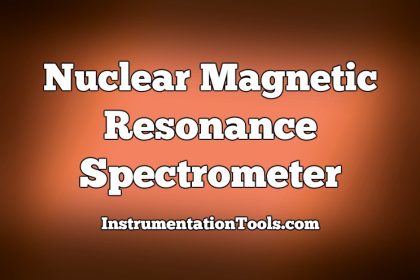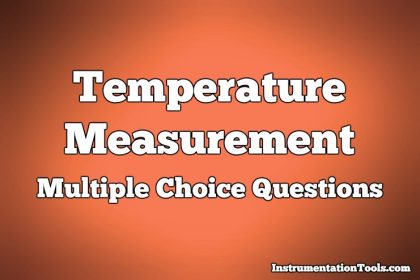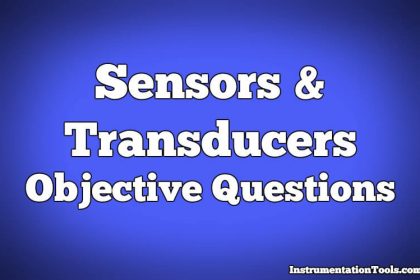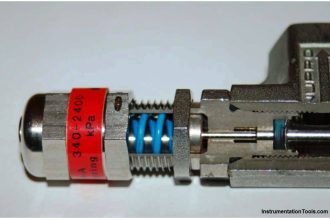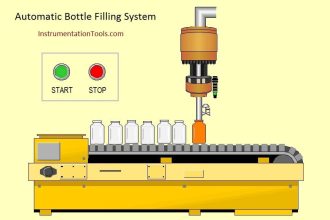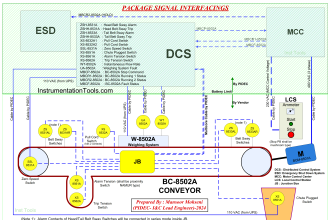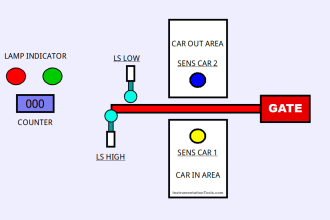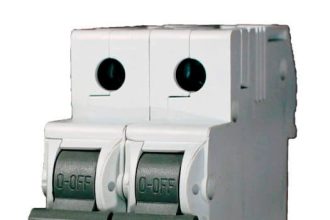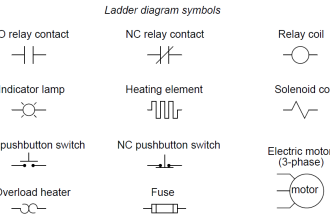Total Reflection X-Ray Fluorescence Spectrometer Questions & Answers
1. In total reflection X-ray fluorescence spectrometer, the specimen is excited by the primary X-ray beam at a grazing angle _______ the critical angle.
a) Greater than
b) Less than
c) Equal to
d) Which is a complement of
Answer: b
Explanation: In total reflection X-ray fluorescence spectrometer, the specimen is excited by the primary X-ray beam at a grazing angle less than the critical angle. Total internal reflection occurs at the critical angle.
2. The x-ray beam produced by the primary x-ray tube passes through which of the following components to produce the incident radiation?
a) Detector
b) Slit-collimator arrangement
c) Sample reflector
d) Monochromator
Answer: b
Explanation: The x-ray beam produced by the primary x-ray tube passes through the slit-collimator arrangement. This forms the incident radiation.
3. Which of the following crystals are polished to act as the cut-off reflector?
a) Quartz
b) Beryllium
c) Silicon
d) Lithium
Answer: c
Explanation: Quartz crystals are polished to act as the cut-off reflector. It is mounted on the first reflector stage.
4. The suppression of high energy bremsstrahlung radiation improves which of the following?
a) Signal to background ratio
b) Accuracy
c) Sensitivity
d) Coherence
Answer: a
Explanation: The suppression of high energy bremsstrahlung radiation improves signal to background ratio. Hence, it is performed in total reflection X-ray fluorescence spectrometer.
5. Which of the following components are used as the sample carrier?
a) Curvette
b) Flask
c) Capillary tube
d) Float glass
Answer: d
Explanation: Float glass is used as the sample carrier. It is mounted as the second reflector stage.
6. Which of the following devices are used as detector?
a) Thermistor
b) Optical detector
c) Solid state detector
d) Golay cell
Answer: c
Explanation: The detection system comprises of peltier cooled solid state detector. It also has a spectroscopy amplifier.
7. Which of the following happens when large solid angle is intercepted as the detector is placed close to the sample?
a) Maximum efficiency increases
b) Maximum efficiency decreases
c) Efficiency is not affected
d) Process response becomes fast
Answer: a
Explanation: When detector is placed very close to the sample, the maximum efficiency increases. This is because large angle is intercepted.
8. To monitor the primary beam, which of the following is used?
a) Scintillation counter
b) GM counter
c) Gamma counter
d) Proportional counter
Answer: b
Explanation: To monitor the primary beam, Gm counter is used. It is placed in the specular reflection direction.
9. The major problem associated with sample preparation is which of the following?
a) Preparing sample in right quantity
b) Choosing sample holders
c) Matrix effects
d) Reflection by holders
Answer: c
Explanation: The major problem associated with sample preparation is matrix effects. The primary and emitted radiation is absorbed by the element present along with the elements of interest.
10. Computer-controlled corrective iteration is the only reliable method of matrix effects correction.
a) True
b) False
Answer: a
Explanation: Computer-controlled corrective iteration is the only reliable method of matrix effects correction. This is used in places where an unknown matrix occurs.
11. In computer-controlled corrective iteration method, which of the following is used to estimate absorption corrections?
a) Initial raw intensity data
b) Elemental composition
c) Amount of sample
d) Amount of radiation
Answer: a
Explanation: In computer-controlled corrective iteration method, initial raw intensity data is used to estimate absorption corrections. Elemental composition is used to calculate absorption corrections.
12. Total reflection X-ray fluorescence spectrometer is attractive for elements which lack reliable wet chemical methods.
a) True
b) False
Answer: a
Explanation: Total reflection X-ray fluorescence spectrometer is attractive for elements which lack reliable wet chemical methods. Example for such elements are tantalum and rare earth metals.
